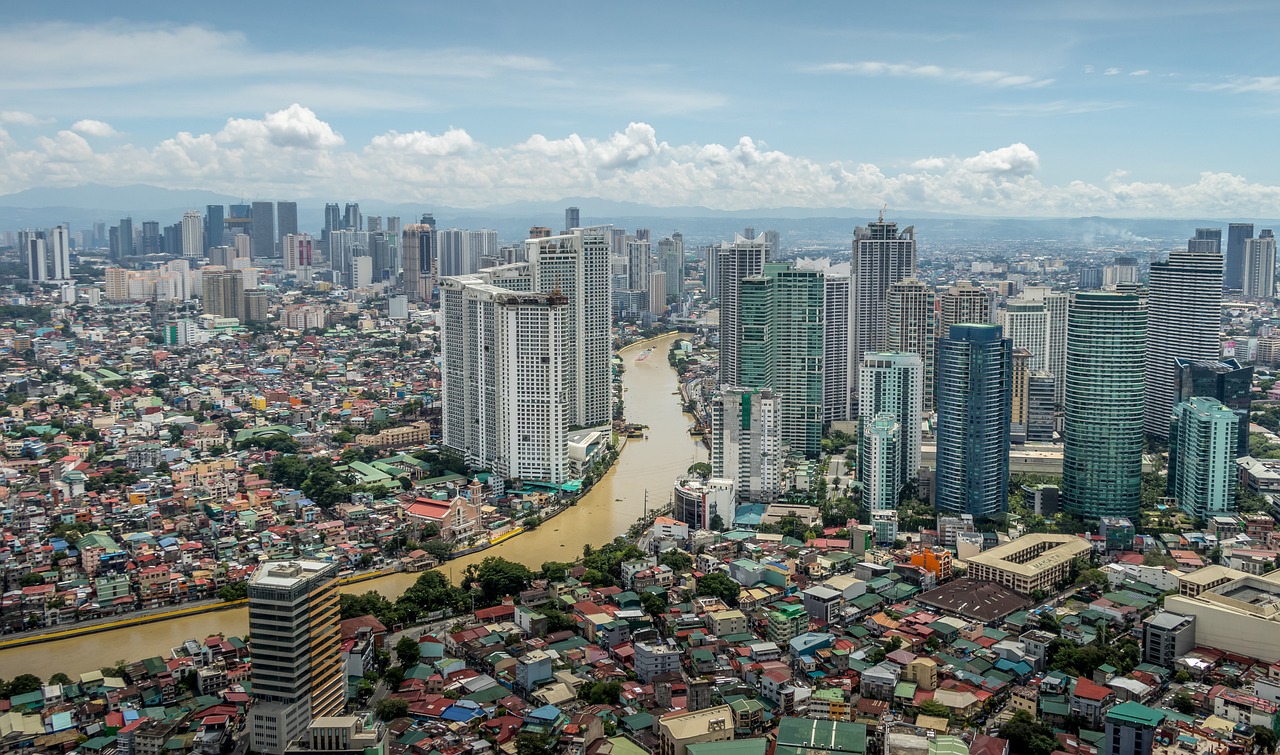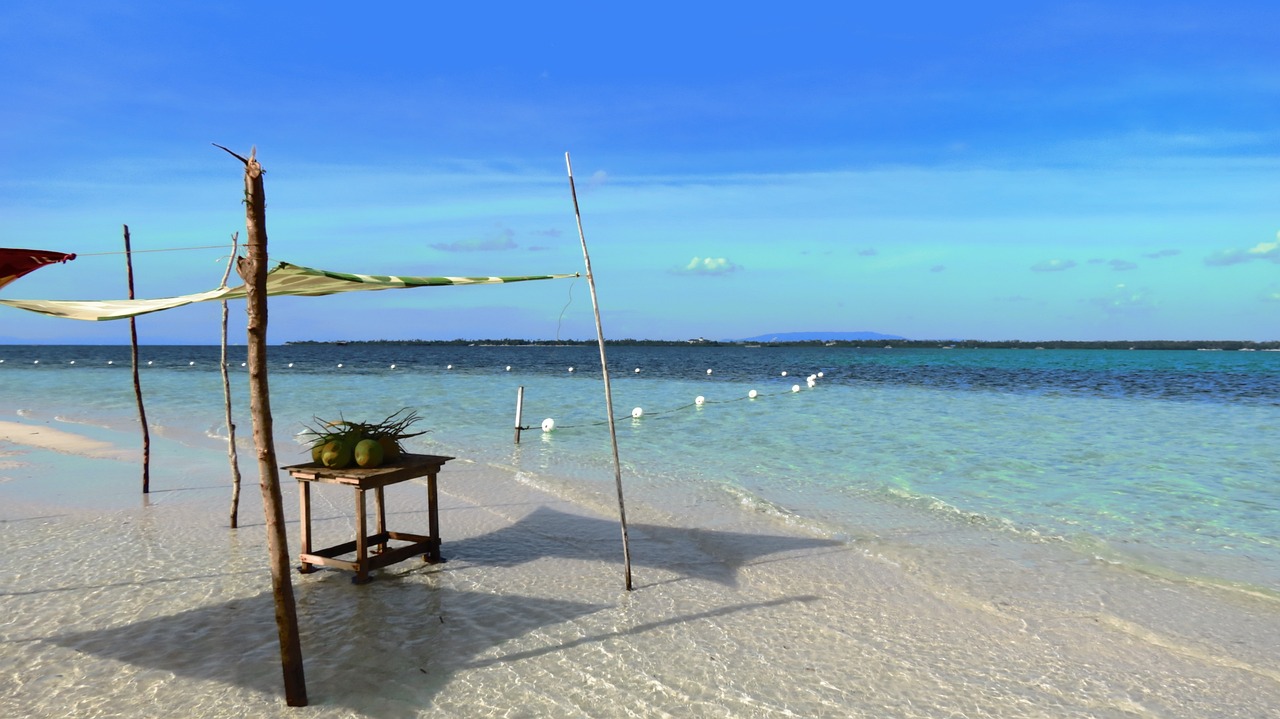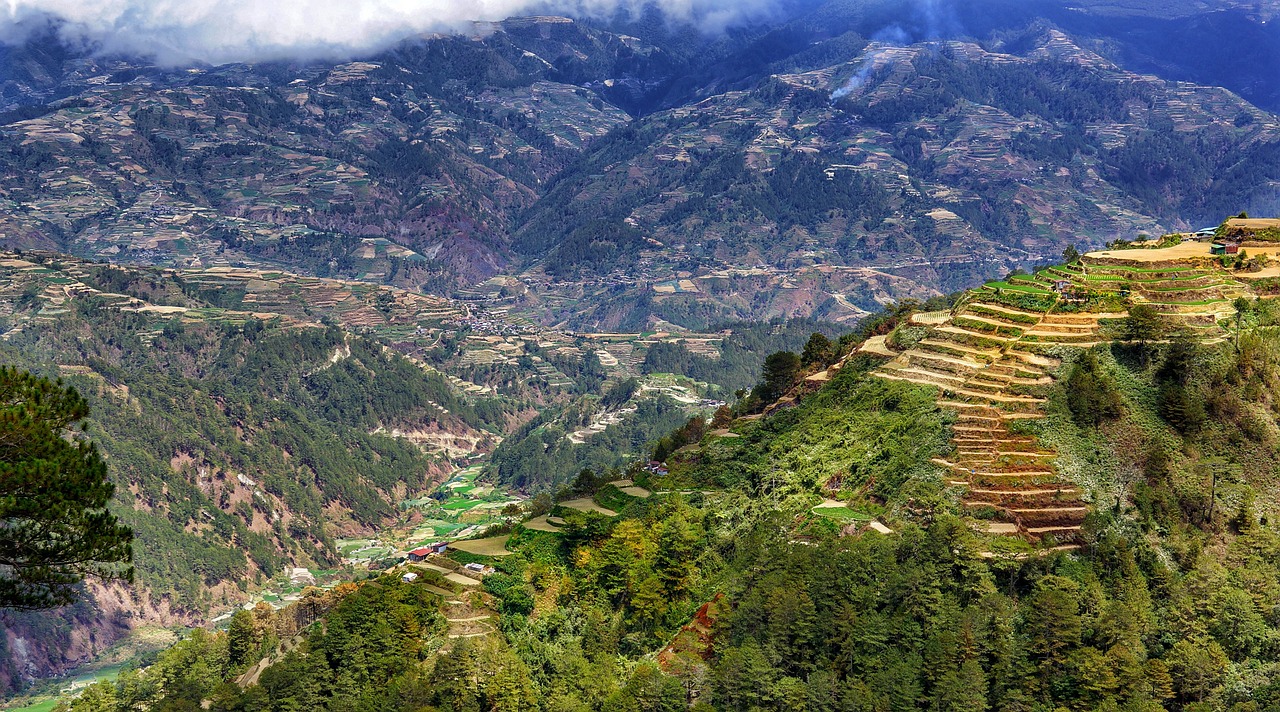Philippines Video
Exploring Local Arts and Hobbies in the Philippines
The Philippines is a vibrant country with a rich cultural heritage. One of the best ways to immerse yourself in the local culture is by exploring the arts and hobbies that are unique to this beautiful archipelago. From traditional crafts to contemporary art forms, there is something for everyone to discover. In this article, we will take you on a journey through various arts and hobbies that you can explore in the Philippines.
Traditional Crafts
- Woodcarving: Woodcarving is a traditional craft in the Philippines, with intricate designs carved into wood using chisels and other hand tools. It is often used to create religious statues, furniture, and decorative items.
- Weaving: The art of weaving is deeply rooted in Filipino culture. Indigenous tribes create beautiful textiles using traditional techniques and natural materials such as abaca, pineapple fibers, and cotton.
- Pottery: Pottery making has a long history in the Philippines. Skilled potters shape clay into functional vessels and artistic pieces. Each region has its distinct style, such as the famous burnay jars of Ilocos.
Contemporary Art
- Street Art: The urban landscape of the Philippines is adorned with vibrant street art. Artists express their creativity through colorful murals and graffiti, often depicting social and political messages.
- Modern Painting: Filipino painters have gained recognition both locally and internationally. From abstract to realistic styles, contemporary Filipino artists explore various themes and techniques, showcasing their unique perspectives.
- Mixed Media: Many Filipino artists experiment with mixed media, combining different materials such as found objects, photographs, and paint to create thought-provoking artworks that blur the boundaries of traditional art forms.
Performing Arts
- Dance: The Philippines is known for its diverse dance traditions. From the graceful movements of the Tinikling, a traditional folk dance, to the vibrant performances of the world-renowned Philippine National Dance Company, there is a wide range of dance styles to explore.
- Theater: Filipino theater showcases a mix of traditional and contemporary plays, often tackling social issues and cultural themes. The Cultural Center of the Philippines in Manila is a hub for theater productions and performances.
- Music: Music plays a significant role in Filipino culture. Traditional instruments such as the kulintang and kudyapi are still played, while contemporary Filipino musicians explore various genres, from pop and rock to traditional folk music.
Festivals and Celebrations
- Sinulog Festival: Held in Cebu City, the Sinulog Festival is a colorful celebration honoring the Santo Niño (Child Jesus). Participants wear vibrant costumes and perform traditional dances and songs.
- Pahiyas Festival: The Pahiyas Festival takes place in Lucban, Quezon, and is a celebration of a bountiful harvest. Houses are adorned with colorful rice decorations, and the streets come alive with parades and cultural performances.
- Kadayawan Festival: Celebrated in Davao City, the Kadayawan Festival showcases the rich cultural heritage of the indigenous tribes in Mindanao. It features street dances, art exhibits, and a grand floral parade.
Culinary Arts
- Adobo: Adobo is considered the national dish of the Philippines. It is a savory stew made with meat (usually pork or chicken), vinegar, soy sauce, garlic, and spices. Each region has its unique variation of adobo.
- Lechon: Lechon is a popular Filipino dish often served during special occasions. It is a whole roasted pig, slow-cooked over an open fire, resulting in crispy skin and tender meat. Cebu is famous for its lechon.
- Bibingka: Bibingka is a traditional Filipino rice cake made with glutinous rice flour and coconut milk. It is often topped with salted egg, cheese, and grated coconut and is commonly enjoyed during the Christmas season.
Outdoor Activities
- Beach Hopping: With over 7,000 islands, the Philippines offers countless stunning beaches to explore. From the white sands of Boracay to the crystal-clear waters of Palawan, beach hopping is a popular activity for locals and tourists alike.
- Trekking: The Philippines is blessed with breathtaking landscapes and mountains. Trekking enthusiasts can challenge themselves by climbing Mount Apo, the highest peak in the country, or explore the stunning rice terraces in Banaue.
- Scuba Diving: The Philippines is a paradise for scuba diving enthusiasts. With its rich marine biodiversity and world-class dive sites, including Tubbataha Reefs Natural Park and Apo Reef Natural Park, divers can explore vibrant coral reefs and encounter diverse marine life.
Image 1

Exploring Local Arts and Hobbies in the Philippines (continued)
Indigenous Crafts
- Basket Weaving: Indigenous tribes in the Philippines are known for their intricate basket weaving techniques. They use natural materials such as rattan, bamboo, and nito to create functional baskets and intricate designs.
- Tribal Tattoos: Tattooing has a long history in the Philippines, particularly among indigenous tribes. Each tattoo design carries cultural significance and represents a person’s achievements, status, or spiritual beliefs.
- Traditional Music: Indigenous tribes have their unique music traditions, often accompanied by traditional instruments such as the gong and bamboo flutes. These musical forms are passed down through generations and are integral to cultural celebrations.
Art Galleries and Museums
- National Museum of the Philippines: The National Museum in Manila houses an extensive collection of Philippine art, archaeology, and natural history. It is the perfect place to learn about the country’s rich cultural heritage.
- Ayala Museum: Located in Makati City, the Ayala Museum showcases Filipino art, history, and culture through its diverse exhibits. It also offers interactive displays and educational programs for visitors of all ages.
- Pinto Art Museum: Situated in Antipolo City, the Pinto Art Museum is a haven for contemporary art enthusiasts. It features a collection of modern and contemporary artworks from both local and international artists.
Image 2

Online Arts and Hobbies Communities
- Online Art Marketplaces: Websites like Artfinder and Saatchi Art provide a platform for Filipino artists to showcase and sell their artworks globally.
- Online Craft Communities: Platforms such as Etsy and Handmade in the Philippines connect craft enthusiasts and allow them to showcase their handmade creations and connect with like-minded individuals.
- Virtual Art Exhibitions: In response to the pandemic, many art galleries and museums have started hosting virtual exhibitions, allowing art lovers to explore and appreciate artworks from the comfort of their homes.
Conclusion
The Philippines is a treasure trove of arts and hobbies waiting to be explored. Whether you are interested in traditional crafts, contemporary art, performing arts, festivals, culinary arts, outdoor activities, or indigenous crafts, there is something for everyone to enjoy. By immersing yourself in the local arts and hobbies scene, you will gain a deeper understanding of Filipino culture and create lasting memories.
Image 3

References
– National Museum of the Philippines: nationalmuseum.gov.ph
– Ayala Museum: ayalamuseum.org
– Pinto Art Museum: pintoart.org


